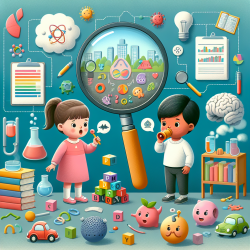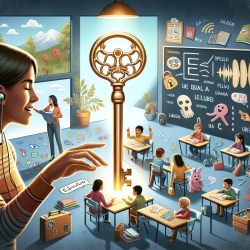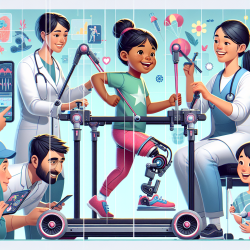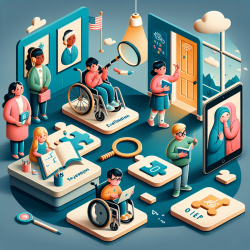Unlocking the Secrets of Child Development: The Power of Interdisciplinary Research
In the realm of child development, the interplay between environmental factors and developmental outcomes is a complex puzzle that researchers have long sought to understand. The study titled "Investigating Cumulative Exposures among 3- to 4-Year-Old Children Using Wearable Ultrafine Particle Sensors and Language Environment Devices: A Pilot and Feasibility Study" offers a fresh perspective on this intricate relationship. Conducted by a team at the University of Wisconsin—Madison, this research bridges the gap between child development and environmental epidemiology, providing valuable insights into how chemical and non-chemical stressors affect young children.
The Study's Groundbreaking Approach
This pilot study stands out for its innovative use of wearable technology to gather real-time data on ultrafine particle exposure and language environment among preschool children. By employing personal air sensors and the Language Environment Analysis (LENA) system, the researchers were able to collect comprehensive data on air quality, noise levels, and language interactions in children's microenvironments.
The study's interdisciplinary approach is noteworthy, combining expertise from child development, environmental health sciences, and environmental engineering. This collaboration enabled the development of a robust protocol that captures the multifaceted nature of children's environments, addressing both chemical and psychosocial stressors.
Key Findings and Implications for Practitioners
The study's preliminary findings indicate that it is feasible to gather detailed data on children's exposures to environmental stressors. Notably, the personal monitoring of PM2.5 (fine particulate matter) revealed significant fluctuations in exposure levels throughout the day, underscoring the importance of personal monitoring over stationary home or school measurements.
For practitioners in the field of child development, these findings highlight the critical role of environmental factors in shaping developmental outcomes. The study suggests that interventions should consider both the physical and psychosocial environments to effectively support children's growth and resilience.
Moreover, the study emphasizes the value of interdisciplinary collaboration in addressing complex developmental challenges. By integrating insights from multiple fields, practitioners can develop more comprehensive strategies to support children's well-being.
Future Directions and Call to Action
The study's authors acknowledge the challenges associated with real-time data collection in young children, particularly regarding the wearability and comfort of monitoring devices. However, they also highlight the potential for future research to refine these methodologies and expand our understanding of environmental impacts on child development.
As a practitioner, you are encouraged to explore the full research paper to gain a deeper understanding of the study's methodology and findings. Engaging with this research can enhance your practice and inspire new approaches to supporting children's development.
To read the original research paper, please follow this link: Investigating Cumulative Exposures among 3- to 4-Year-Old Children Using Wearable Ultrafine Particle Sensors and Language Environment Devices: A Pilot and Feasibility Study.










